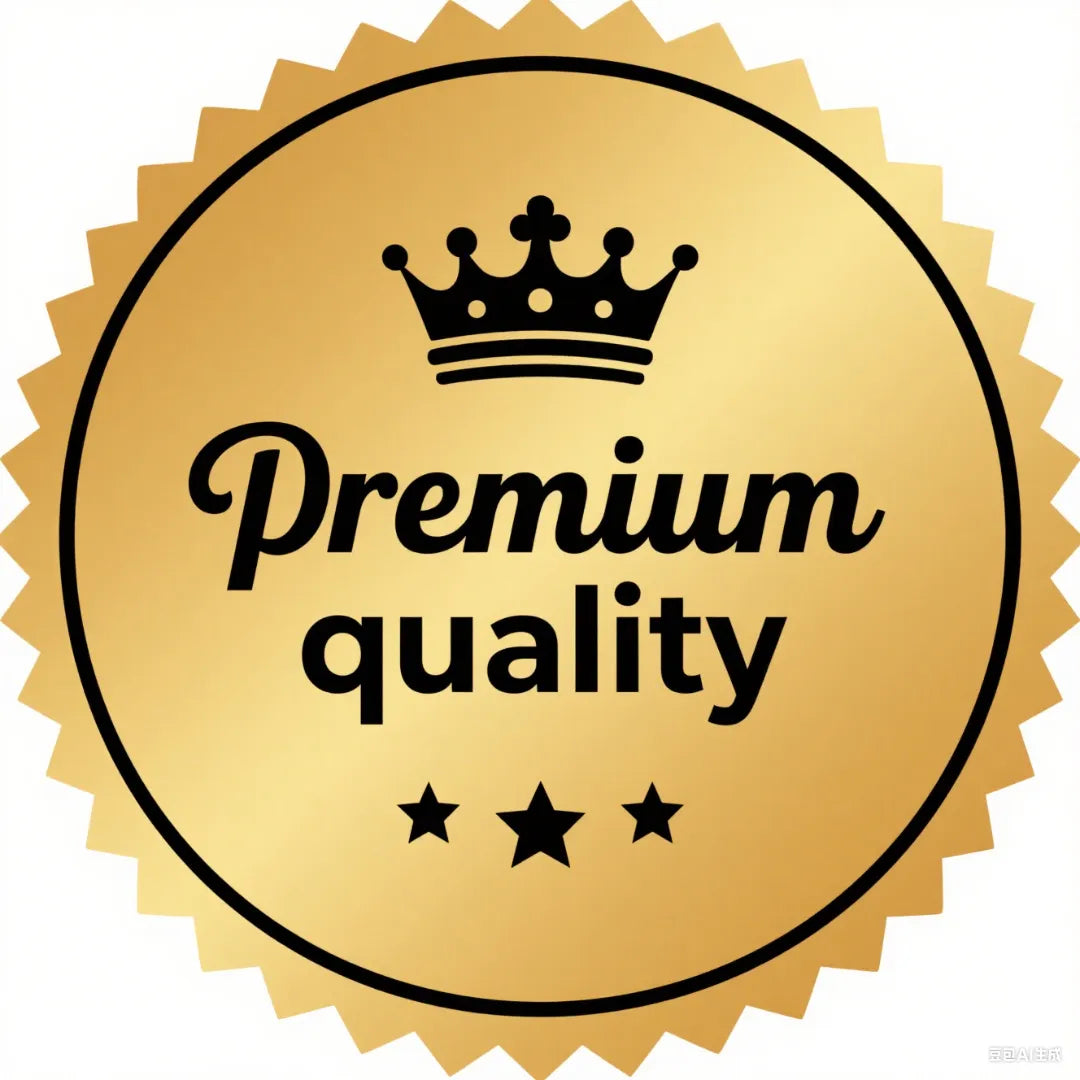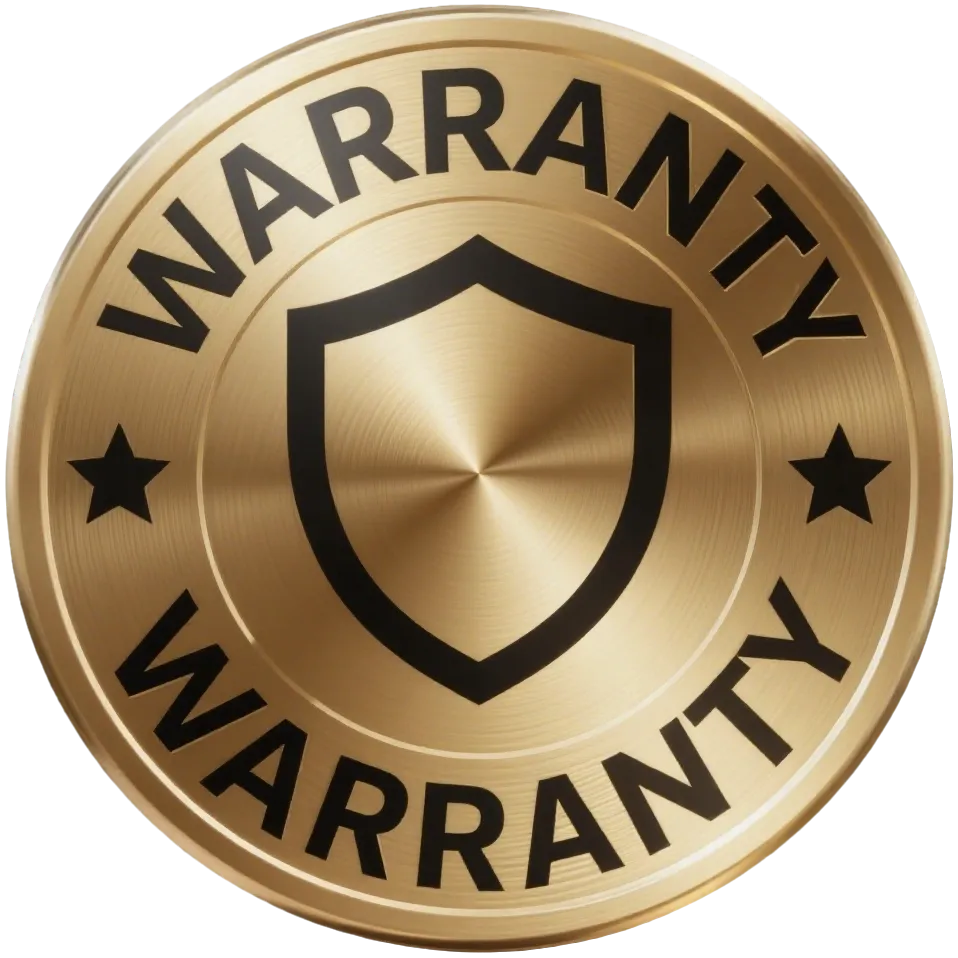You might have heard that granite releases more radon than ceramic tile or concrete—but just how true is that? Recent real-world measurements show the picture is more nuanced. In some cases, concrete—even in foundations—can release more radon than glazed tile, depending on its composition, age, and porosity.
In this detailed blog post, you'll discover:
-
Scientific radon exhalation data for granite, ceramic tiles, and concrete
-
Why surface flux doesn’t always tell the full story
-
How to use the AEGTESTSHOP Radon Detector to sample real indoor concentrations near materials
-
Health implications and what mitigation steps really matter
1. Understanding Radon Flux from Building Materials
“Radon exhalation rate” refers to how much radon escapes from the surface of a material, typically measured in mBq/m²·h or Bq/m²·d. These rates depend on:
-
Uranium/radium content in the material
-
Porosity, cracks, and moisture
-
Surface area exposed indoors
While radon from underlying soil often dominates indoor levels, materials with high flux rates can contribute locally—especially in small, well-sealed spaces.

2. What the Data Shows: Emission Rates by Material
🚩 Granite
A Portuguese study reported radon exhalation from granite between 589 ± 73 mBq/m²·h (about 0.589 Bq/m²·h) in some samples—significantly higher than most other materials tested. Another study of Indian Pink Granite measured 97.9 mBq/m²·h (≈0.098 Bq/m²·h) and 9.79 mBq/kg·h, among the highest for building slabs.
🍶 Ceramic Tiles
Studies in Egypt and Palestine found 28–44 mBq/m²·h (≈0.03–0.044 Bq/m²·h) in ceramic tiles, with radium activity between 16–64 Bq/kg; surface exposure doses were around 22 mSv/year, double some action levels. Another Iraqi survey saw tile emanation rates from ~38 mBq/m²·h up to ~148 mBq/m²·h in highest cases—still generally lower than high-end granite.
🧱 Concrete
Radon exhalation from concrete varies tremendously—from as low as 0.23 mBq/m²·h up to 510 Bq/m²·h, depending on composition, age, and moisture. Some modern high-porosity concrete mixes emit more than certain tiles.
3. Ranking Exhalation (Typical Ranges)

So yes, granite often ranks highest—but not always, especially if a concrete slab is fresh, moist, porous, or contains certain additives.
4. Why Flux Doesn’t Equate to Risk—Monitoring Matters
Even high-flux margins in localized materials (like a countertop or tile floor) typically only raise indoor radon a few tens of Bq/m³, unless ventilation is poor or the material covers a large wall/floor area.
To assess real exposure, you need real conditions monitored over time—not predictions from flux alone.
5. Real-World Monitoring with AEGTESTSHOP Radon Detector
The AEGTESTSHOP Radon Detector allows homeowners and contractors to:
-
Take real-time readings in locations with new materials (e.g. near a granite slab)
-
Track trends over days or weeks—to detect persistent elevation
-
Set audible and visual alarms when levels exceed thresholds (e.g. >100 Bq/m³)
-
Export data logs for comparing before/after installation or ventilation changes
For example: A household measured baseline radon at 50 Bq/m³, then installed pink granite in the kitchen—and saw nearby peaks reaching 65 Bq/m³ for two days before stabilizing. Meanwhile, the basement still measured 50 Bq/m³, confirming soil intrusion remained primary. The detector’s logging clearly differentiated material contribution from foundation effects.
6. Health Implications: When Does It Matter?
The World Health Organization recommends an indoor radon reference level of 100 Bq/m³. Every 100 Bq/m³ increase roughly raises lung cancer risk by 16%. Even if granite or tile only contributes 10–20 Bq/m³, it can push a home over reference levels—especially when combined with soil-derived radon.
7. Practical Advice for Homeowners & Renovators
-
Test before installing major materials to establish baseline radon.
-
After installation, place an AEGTESTSHOP detector nearby for 1–2 weeks.
-
If levels rise, increase ventilation, add mitigative measures, and retest continuously.
-
Monitor long-term, especially in cold seasons when ventilation stays low.
Remember: sealing surfaces or coating high-emission granite can reduce its flux by up to 75%.
8. Final Thoughts
-
Granite tends to release more radon—but real-world conditions matter.
-
Ceramic tile usually emits less than granite but still non-zero.
-
Concrete can surprise—especially if porous or freshly cured.
-
The biggest health risk usually comes from soil gas, not materials, but material selection still matters.
-
AEGTESTSHOP Radon Detector bridges the gap between lab data and real exposure, helping you make informed choices.





